Megafauna are large animals that once roamed the Earth during the Pleistocene era, generally regarded as 2.5 million to 11,000 years ago. Well known examples of these are Gigantopithecus, or the giant ape, The Argentavis, a massive bird that could reach 24 feet in wingspan, and Megalania, a monitor lizard said to weigh over 4,000 pounds. Fossils of these massive animals have been found in every continent around the world and found on both land and in water. There are various theories as to what caused these massive animals to go extinct. Some of these include humans hunting them, environmental diseases, a lack of adequate food, or possibly an asteroid.
In today’s post, we will examine one of these animals, the giant beaver, an animal acknowledged as once existing by the scientific community, but generally regarded as long extinct. The question we will explore is could these exist as several sightings have been reported. This cryptid is unlike some other Megafauna, its perhaps the strangest and creepiest.
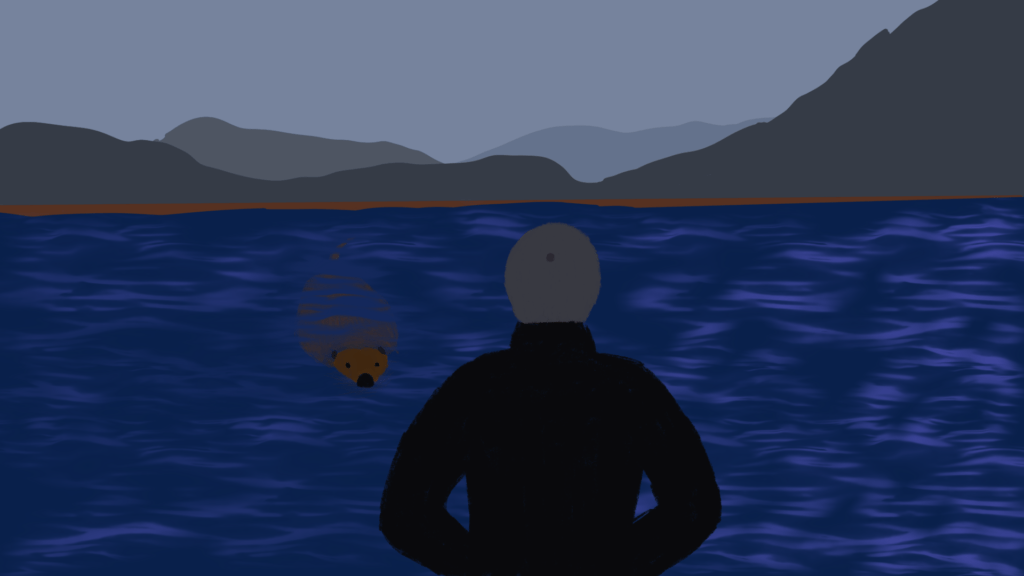
In Kawarthas Scotland in early 2021, resident Jose Broma was looking out in Jack Lake when he spotted something strange in the frozen lake. It appeared to be a bear that had fallen through the ice, but as Jose looked closer it was definitely no bear. The animal had huge incisors and a long tail and was headed toward Broma. Terrified he took off running and didn’t look back.
(Read about the Irish Crocodile here)
Later Broma would tell his next-door neighbor and was shocked to learn she had seen the massive, beaver like creature as well. As the two were convinced they saw a Giant Beaver, they would go on to form a Facebook group for residents who spotted the animal. The group would gain several hundred members and have several pictures of the creature, albeit out of focus. It’s unclear how many saw the creature and how many joined the group out of curiosity though. As for Broma himself, he theorizes that the creature was the extinct Giant Beaver and that with COVID lockdowns the prior year, the animal came out of hiding.
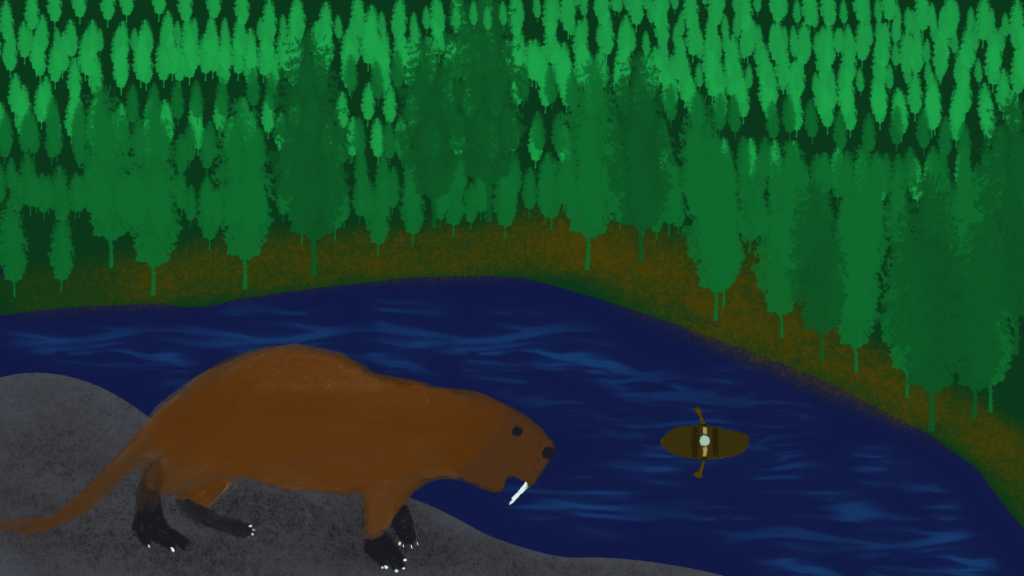
The Giant Beaver is generally described as a massive beaver around the size of a bear or horse. Standing up to 9 feet tall and weighing around 450 pounds, it’s very similar to today’s beavers. However, they possess two distinct differences. One, their tail is long and skinny like a muskrat and two, giant beaver’s incisors are very bulky and curved, and lack a sharp cutting edge unlike modern beavers.
In his book, “Strange Creatures Never Seldom Seen”, author John Warms describes in detail several encounters individuals had with the giant beaver. Warms himself is adamant these creatures do exist.
(The legend of Titanoboa- read here)
Warms would state in a 2009 article in the Deseret News “I have encountered people in northern Manitoba and along the Alaska Highway who claim to have seen the bear-sized creature,”
“I saw one in southern Manitoba, swimming, and the head was about basketball size. They seldom come ashore; that is why we don’t know about them.”
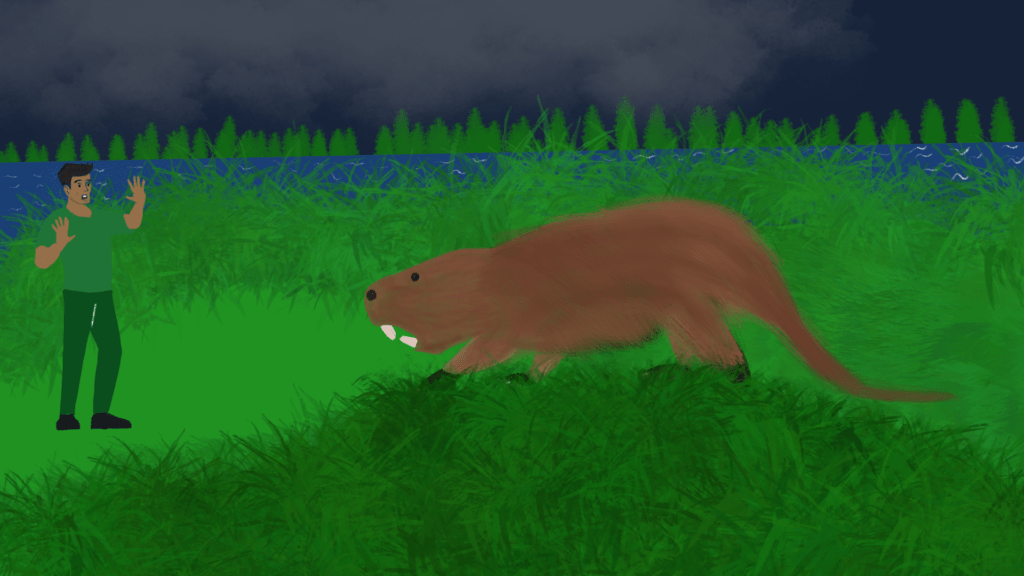
In the article, Warms discussed a sighting by a woman in Lake Powell Georgia. While he stated it was isolated, he does mention that fear of ridicule is a powerful motivator for people to not mention a sighting.
Canada has long been a place where many sightings have occured .
One occurred in 1808. Alexander Henry, a fur trader and explorer, was on the Red River in Manitoba when he met a Native man. The man warned him about giant beavers. He recalled to him a story that While hunting in a canoe, the native saw a large creature that he thought was a moose, but when the hunter looked closer, he found it to be a large beaver.
Without question, The Giant Beaver was once a massive creature that roamed throughout north America. Fossils have been found all over the southern US and all the way to Canada. Scientifically named Castoriodes, it is believed these animals were clumsy walkers but excellent swimmers. Research has revealed their diet consisted mostly of aquatic plants.
(Who is the Lizard Man od Scape Ore Swamp?)
Many theories exist as to what caused their extinction, but more than likely it was a combination of factors.
So, could this massive Beaver still exist today?
One thing to point out is just how remote some of areas of the planet are. For example, the Northwest Territory in Canada is extremely remote being around 1.2 million kilometers with only around 40,000 residents. Around half of these live in the capital city of Yellowknife. To get an idea of just how large this area is, its twice the size of Texas. Inside this area are unexplored lakes, swamps and other areas.
Perhaps one of the best-known lakes is, the great slave lake. The sixth deepest lake in the world at around 615 meters, this lake is renowned for its dark, deep murky waters. Many believe it’s impossible to know what exactly lives at the depths.
But could a giant beaver exist?
It’s tough to imagine that one does as there has been so few sightings of the creature over the years. We must also point out some of these sightings were in the water where it’s difficult to gauge size. Also, some of the sightings can simply be a case of mistaken identity. An individual could be spotting a bear, moose or other large animal.
Still, believers of this animal have two things going for them. One, the animal did once exist in history. Second, it appears to be a herbivore. It’s tough to imagine an animal this size getting the nutrition it needs in the water. While black bears eat around 20,000 calories per day in the fall and only 5,000 in the spring and summer, they don’t exert massive amounts of energy. A large animal constantly swimming would exert more energy, requiring more calories.
As creepy and as terrifying as this creature once was, it’s important to remember it fed on aquatic plants, so if one does exist, it might be just as frightened at a human as a person would be from it.
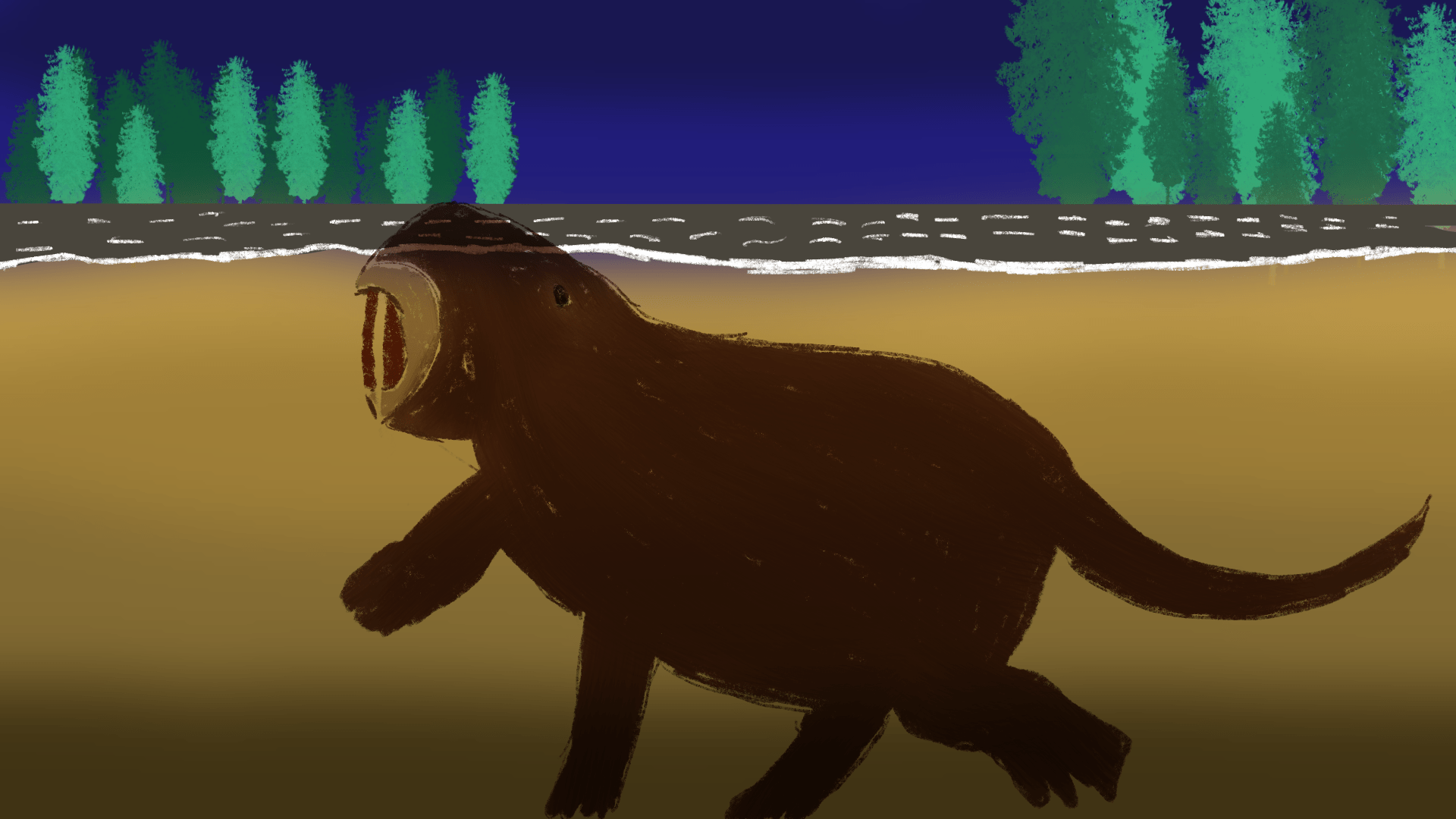
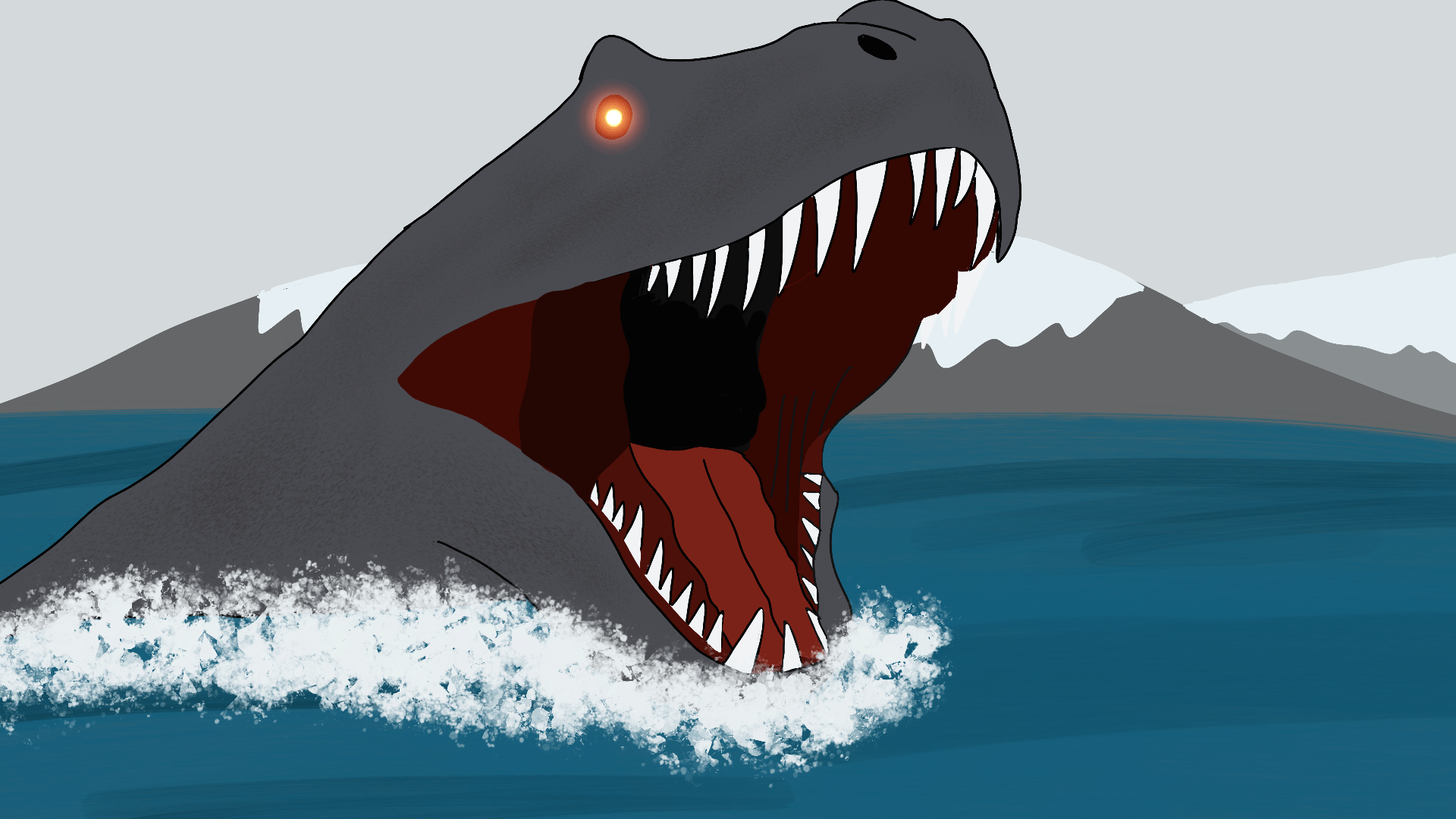
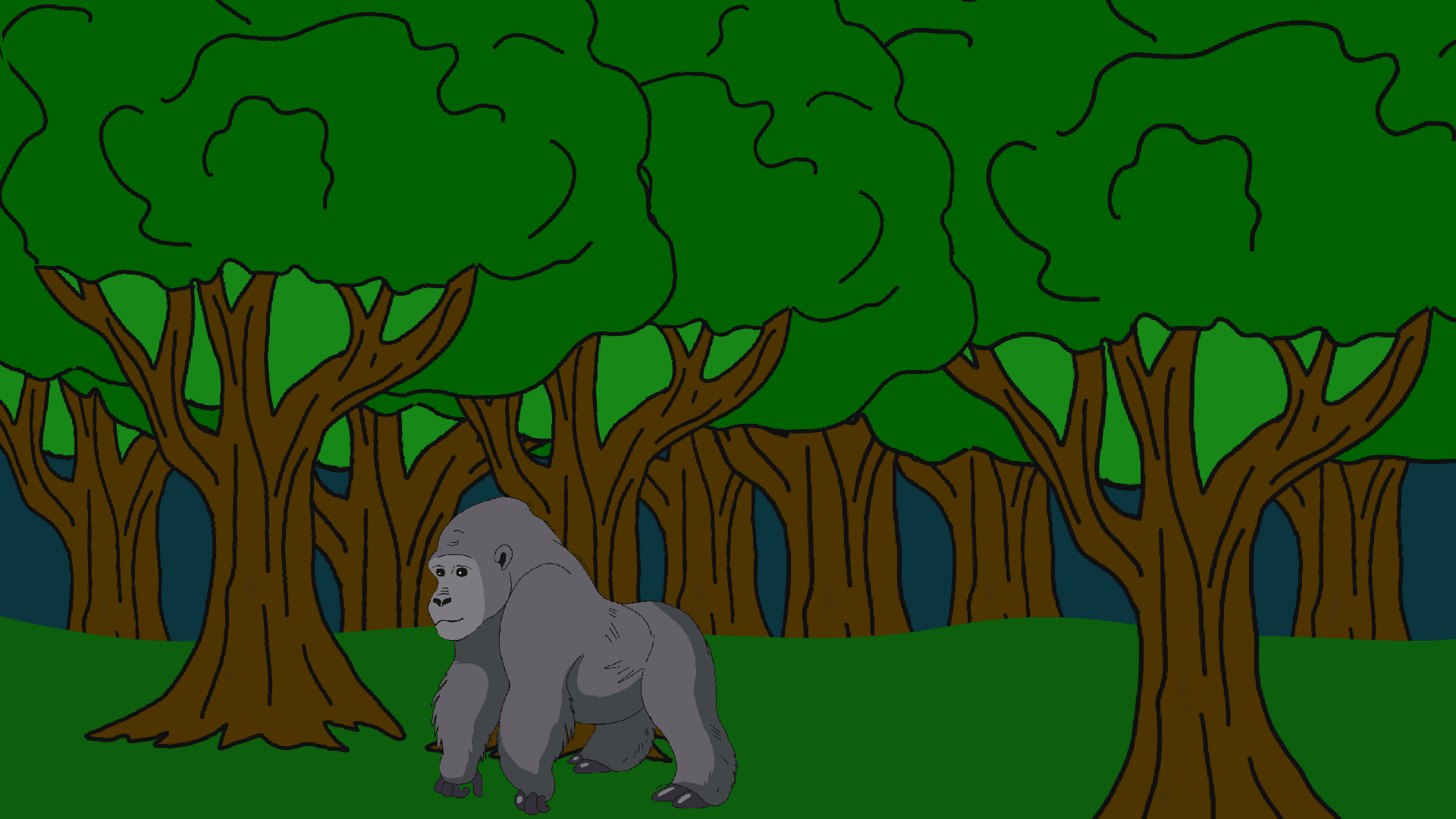


Your ideas absolutely shows this site could easily be one of the bests in its niche. Drop by my website 94N for some fresh takes about Cosmetics. Also, I look forward to your new updates.
I like what you guys are up also. Such smart work and reporting! Keep up the superb works guys I?¦ve incorporated you guys to my blogroll. I think it will improve the value of my site 🙂
Some really choice blog posts on this internet site, saved to bookmarks.
Wow! Thank you! I permanently wanted to write on my site something like that. Can I take a portion of your post to my website?
Pretty nice post. I just stumbled upon your blog and wanted to say that I have truly enjoyed browsing your blog posts. After all I’ll be subscribing to your rss feed and I hope you write again very soon!